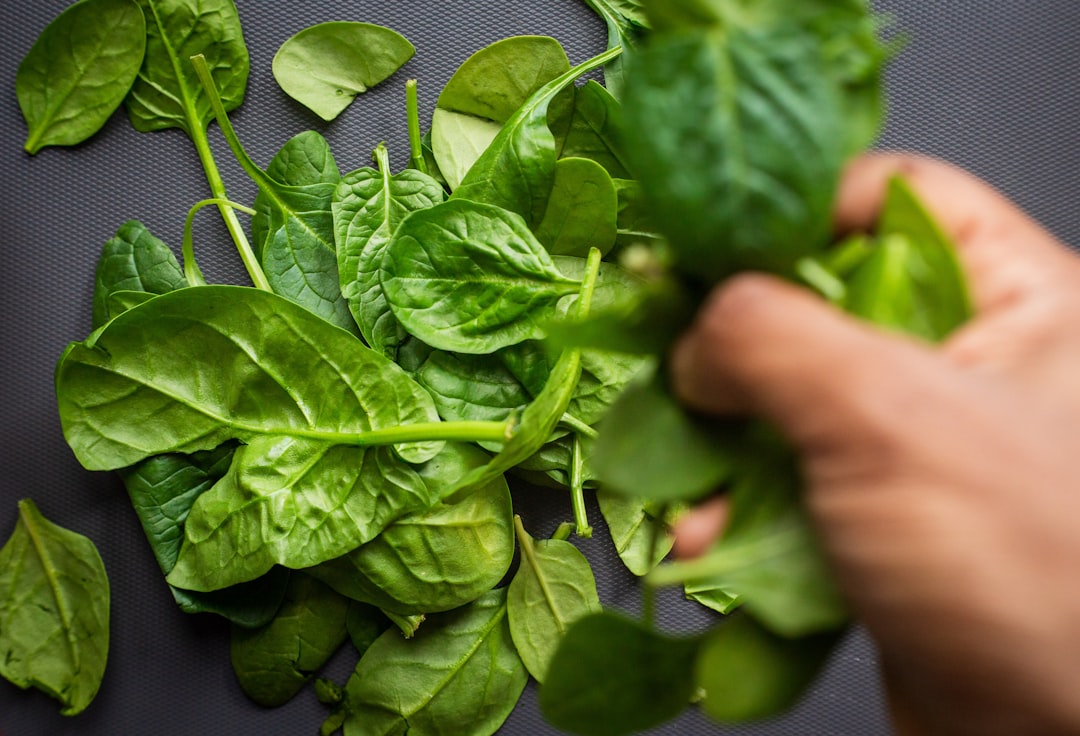Unleashing the Winter Composting Magic for a Thriving Spring Yard

When the chill of winter sets in, many gardeners assume that their composting efforts should come to a halt. However, with a few strategic adjustments, you can keep your compost pile actively breaking down throughout the colder months, ensuring it's in prime condition for the spring gardening season. This guide will walk you through the essential steps to transform your winter composting routine and set the stage for a lush and vibrant yard come spring.
### Understanding the Winter Composting Challenge
Composting is a natural process driven by microorganisms that break down organic materials into nutrient - rich humus. In winter, the cold temperatures slow down the activity of these microorganisms, which can lead to a stagnant compost pile. The key to successful winter composting is to create an environment that encourages these tiny decomposers to keep working, even in the cold.
### Choosing the Right Location
The first step in winter composting is selecting an appropriate location for your compost pile. A sheltered spot, such as against a south - facing wall or fence, can provide some protection from the wind and help retain heat. The sun's rays are weaker in winter, but a south - facing location will still receive more sunlight, which can warm the pile slightly. Additionally, placing your compost bin on a layer of straw or wood chips can insulate it from the cold ground.
### Adjusting the Carbon - to - Nitrogen Ratio
Maintaining the right balance of carbon (browns) and nitrogen (greens) is crucial for a healthy compost pile. In winter, it's often easier to find an abundance of carbon materials like dry leaves, straw, and shredded newspaper. However, you'll need to make an extra effort to incorporate nitrogen - rich materials. Kitchen scraps such as fruit and vegetable peels, coffee grounds, and tea bags are excellent sources of nitrogen. Aim for a carbon - to - nitrogen ratio of about 30:1. This balance provides the microorganisms with the energy they need to break down the materials, even in cold weather.
### Insulating Your Compost Pile
Insulation is vital for keeping your compost pile warm in winter. You can use a variety of materials to insulate your pile. Bales of straw or hay can be stacked around the sides of the compost bin. These materials trap air, which acts as an insulator. You can also cover the top of the pile with a thick layer of leaves or a tarp. The tarp should be secured to prevent it from blowing away but should also allow some air circulation to avoid creating a soggy, anaerobic environment.
### Shredding Your Materials
Shredding your organic materials before adding them to the compost pile can significantly speed up the decomposition process. Smaller pieces have a larger surface area, which makes it easier for the microorganisms to break them down. You can use a lawn mower to shred leaves or a pair of pruning shears to cut up larger pieces of plant material. Shredded materials also pack more tightly into the compost pile, which can help retain heat.
### Turning Your Compost Pile
Turning your compost pile is an important step in winter composting, although you may not need to do it as frequently as in the warmer months. Turning the pile introduces oxygen, which is essential for the aerobic microorganisms that break down the materials. Aim to turn the pile every few weeks. This will help distribute the heat and moisture evenly throughout the pile and keep the decomposition process going.
### Monitoring Moisture Levels
Moisture is another critical factor in winter composting. The pile should be moist, but not too wet. In winter, the cold air can dry out the pile, so you may need to add water occasionally. However, be careful not to over - water, as excess moisture can lead to a cold, soggy pile that won't decompose properly. A good rule of thumb is that the compost should feel like a damp sponge.
### Benefits of Winter Composting
By successfully composting in winter, you'll reap numerous benefits come spring. Your compost will be rich in nutrients, which can be used to fertilize your garden beds, improve soil structure, and retain moisture. It will also help suppress weeds and reduce the need for chemical fertilizers. Additionally, winter composting is an environmentally friendly way to recycle organic materials and reduce waste.
In conclusion, changing how you compost in winter is a rewarding endeavor. With a little extra effort in terms of location selection, material management, insulation, and monitoring, you can keep your compost pile active throughout the cold months. This will ensure that you have a ready supply of high - quality compost for your yard when the gardening season arrives, setting the stage for a beautiful and productive spring.